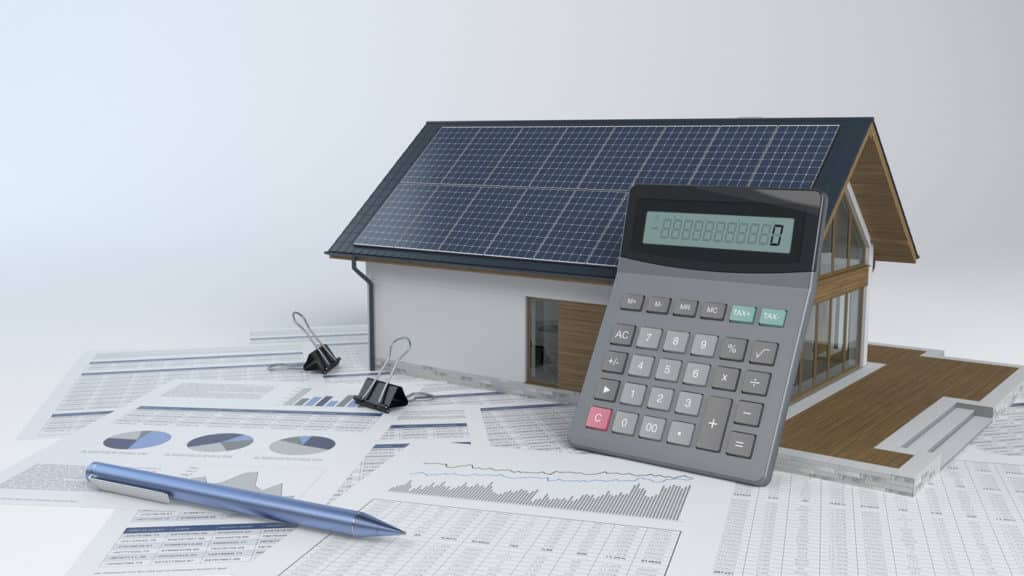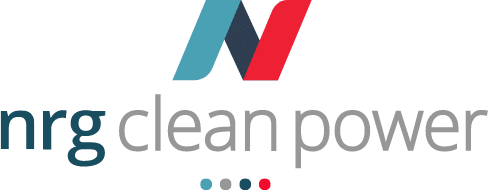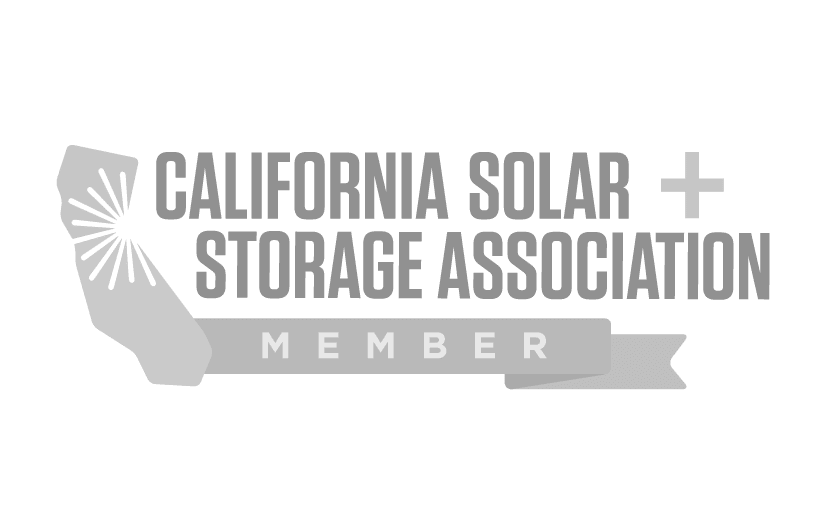
Do you live in the right kind of 3,000-sq-ft house to use solar power?
While the exact number depends on various factors such as location, incoming solar radiation, the climate in your region, and household electricity consumption, an average home of this size will need 17-26 premium solar panels to meet 100% of its electricity needs.
Also consider whether you want to supply your whole abode or just part of it with solar power. Orientation (the direction where the roof faces) also influences the number of solar panels required to power it.
Solar energy can be extremely economical, but it also requires an initial investment of several thousand dollars. Thus, due diligence is required before purchase and installation.
Here’s how to answer the nagging question “how many solar panels do I need” for the specific situation of a 3000-square-feet home or the 2000-square-feet home option.
Calculate Your Energy Usage
The first, and probably the most important, step is determining the amount of energy your household consumes.
To do that, go through your last few electricity bills. In most cases, there’s a detailed breakdown of the exact amount that went into each energy usage category. Compare those figures with what’s available in your local utility rates. You will get an idea of the type of electricity plan that will work best for your home.
It would be ideal if you could trace as far back as the past 12 months because indoor activities change with the seasons. Knowing your consumption for a full year will yield a more accurate average.
Next, list down all the electrical appliances used in your household and estimate how much energy each consumes. Also, consider how often you use them. For instance, a dryer may be used twice a week, but a fridge is on 24 hours daily.
Below is a sample list to guide you in the right direction.
- Lighting Fixtures – Overhead light bulbs and lamps, both indoor and outdoor (Note: CFLs use less electricity than incandescent bulbs)
- TVs and Computer Devices – Desktops, laptops, tablets, mobile phones, WiFi, and home entertainment system
- Refrigerators and Freezers – These run 24/7 and consume more power when opened often
- Stoves and Ovens – Don’t overlook the microwave and toaster
- Water Heaters – Count in both electric and gas just to be aware of the difference in cost, and include the jacuzzi or swimming pool if applicable
- Washers – Dishwasher, washing machine, and dryer
- AC Units – Central air conditioner or window unit(s)
Incoming Solar Radiation In Your Location
Also called insolation, incoming solar radiation is the total amount of energy from the sun absorbed by a surface, such as a solar panel.
You can calculate your home’s insolation based on its location (latitude and longitude). The following online tools can help you find these values:
With this tool, you’ll find an ordered set of hour and half-hour data measurements such as solar radiation, and information about wind and air temperature.
Sun Number gives your home a numerical score that estimates the quality of the roof’s location in terms of sunlight. A number can be obtained by entering the address in a region where the analysis has been performed. 100 is considered ideal.
The Sun Number score is based on the accurate assessment of individual rooftops, developed from specialized aerial imagery and evaluating all possible rooftop conditions. It considers several key aspects, including shape, building and vegetation proximities, regional variability, and atmospheric conditions.
The web-based application by Aurora Solar Inc. can quickly calculate the solar potential of a building’s rooftop by using image recognition and computer vision algorithms. The application assesses and compares it with many other sites.
Using any of these tools will ensure that you do not underestimate or overestimate the number of panels your 3000-square-feet home needs.
The Climate Factor
The weather in your location is one of the most important factors to consider when deciding how many solar panels your 3000-square-feet home needs.
If you live in a hot or warm climate, you will have fewer issues producing enough electricity for a 100% renewable energy home. Colder climates require more panels to produce sufficient power because heating uses more electricity.
In areas where it rains often, there is more demand for electricity during the spring and fall. And if your house is located in a sunny area, you consume more electricity in summer than winter.
Premium Vs. Budget Solar Panels
Solar panels come in four different types: monocrystalline, polycrystalline, thin-film, and cadmium telluride. All things considered, monocrystalline panels are the best choice. They’re the most efficient and last longer than the others. The power output diminishes over time in all solar panels, but less so in monocrystalline models.
It’s also true that you get what you pay for. While some homeowners will install a large array of solar panels on their roofs, others opt for smaller systems to minimize their initial investment. While budget-friendly solar panels may seem like a good deal, you’ll likely pay much more in electricity costs down the line.
However, if you have limited funds to invest in solar panel installation, it might be worth considering one of the cheaper options. Thin-film panels are particularly affordable, but they don’t perform as well as the other available options.
A small system is perfectly fine if you live alone or with just one other person. However, with a larger household, it’s important to consider the number of people using electricity at any given time.
The average 3000-square-feet home in the US monitored by the Energy Information Administration (EIA) uses 14,214 kWh in a year, or 1,185 kWh in a month. And it takes 30-46 budget solar panels to cover this power requirement. In comparison, 19-39 premium solar panels are required to generate the same amount.
Thus, if there are three people living in your home who each use 500 kWh per month, then you would need 19 premium or 30 budget solar panels installed on your roof. These will generate enough energy to meet 100% of your household needs.
2024-2025 Update
Recent advancements in solar panel efficiency mean that homeowners may need fewer panels to meet their energy needs. For a 3000-square-foot home, the number of panels required can vary based on the specific energy consumption patterns and the efficiency of the panels used. Modern high-efficiency panels can generate more power per square foot, potentially reducing the total number of panels needed. Additionally, many states have introduced new incentives and rebates in 2024, which can significantly lower the installation costs and improve the return on investment for homeowners considering solar power.
The Bottom Line
Using solar panels and going green with your power consumption may not be an easy feat, but the benefits to the planet and your budget are well worth it.
Be sure to get a free quote and talk to an expert before making a purchase. The Los Angeles Department of Water and Power (LADWP) offers expert advisors and an online marketplace of local vendors — a good way to start.
Once you install your solar panels, they’ll bring in free renewable energy for years to come!

Authored by Ryan Douglas
NRG Clean Power's resident writer and solar enthusiast, Ryan Douglas covers all things related to the clean energy industry.

